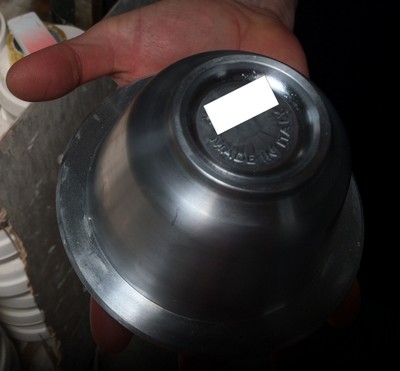Master form

In traditional porcelain production, the master mould usually represents the fifth stage of porcelain development. It is made as a "cast" of the final production model, the "zero pattern", which has been created by the designer or model maker. The master mould is used to produce the working moulds.
The nut mould is produced as a positive mould. Depending on the manufacturer, this is usually made of stainless steel, special plastics or special synthetic resins. In industrial porcelain production - isostatic pressing - the mother mould is made of hardened stainless steel. When making the mother mould, the pattern maker must take particular care not to introduce any new defects into the mould "for eternity" due to unclean work, dust or soiling.
Once the master mould is ready, the master moulds can be produced from it. These are not yet used for actual production, rather the master moulds are used to create the plaster moulds used in porcelain production.
German porcelain factories calculate mould and development costs of € 150,000 for a new series. When designing a model, it is important to bear in mind that the final piece will be considerably smaller than the handmade design due to shrinkage.
Even a small porcelain factory with a traditional production method produces around 4,000 different moulded porcelain items a year. It is logistically impossible to store every single mould.

